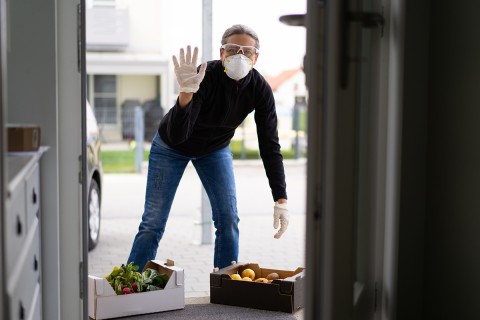The coronavirus pandemic is nurturing neighborliness
We seem to be relearning the social benefits of building community with our not-so-close neighbors.

Marc J. Dunkelman has a simple but compelling thesis about an epochal shift in America’s communal behavior. We now invest the bulk of our relational energies either in close and intimate familial bonds or in distant acquaintanceships often nurtured online. Attention to these inner and outer rings of relationship, as Dunkelman calls them, has come at the expense of tending to the middle rings that once were constituted by close neighborly ties. In The Vanishing Neighbor: The Transformation of American Community (2014), Dunkelman describes the loss of friendship and familiarity that once constituted neighborliness. Americans have become largely estranged from people who live next door, seldom talking with them and often not even knowing their names.
The cultivation of inner rings of relationship is easy to explain. Our personal time leans naturally toward kin and close friends who share similar outlooks and interests in life. Not surprisingly, they’re marked as favorites on our cell phone contact list. Outer rings develop quite naturally as well, though they’re often one-dimensional in nature, organized around a common interest shared online or a passion for a particular identity or cause. In recent decades, it’s these inner and outer rings that have absorbed or replaced the middle rings.
Interestingly, the impact of the coronavirus on daily life seems to be revealing some renewed interest in the social benefits of that middle zone.




